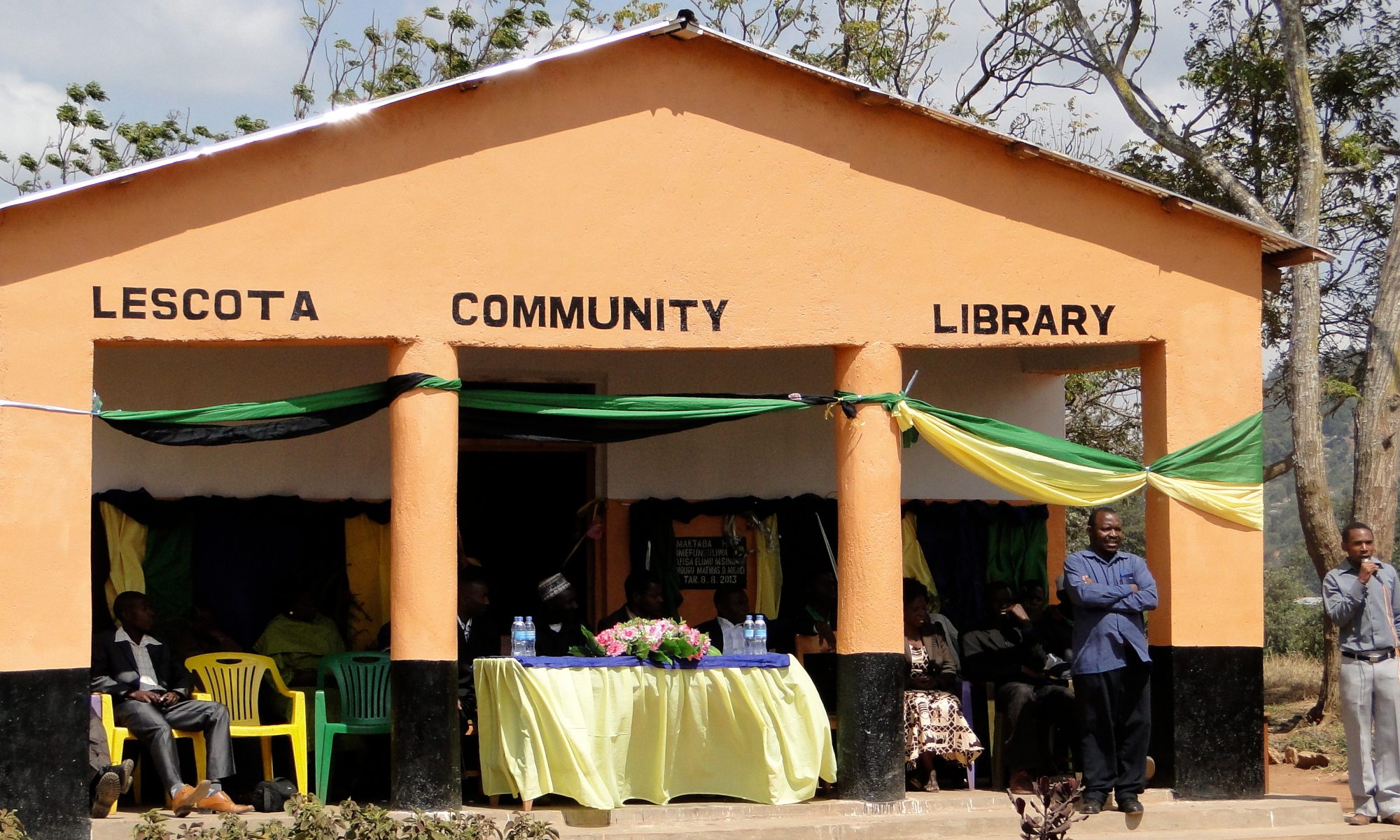A year ago TechCrunch posted an
article by Jon Evans which predicted that by mid-2017 most Africans will have smartphones. With a
mobile penetration rate around 80% most Tanzanians are exposed to cellular devices. Traffic to TETEA’s website suggests a rapid increase in smartphone usage to view internet content and supports Evan’s claim.
The chart below shows TETEA website data from November 2013 to present. Over the past four months mobile devices have averaged over 50% of the total hits to TETEA’s websites. This really is a stunning development as prior to 2013 nearly all of TETEA’s site traffic was from desktop computers. While some of the recent traffic spikes are due to national exam results being released the smartphone-access proportions is similar across months.
Why the
rapid rise in smartphone popularity? Smartphone prices have come down from over $200 a few years ago to just
$81 this past summer, and now TIGO is advertising a $71 smartphone under its
Jismartphonishe campaign. While Microsoft is
entering the market with its Lumia Smartphone priced at $150, it is the Huawei and Tecno Chinese brands that are most accessible at the low end. Data prices have also
significantly decreased. Based on Tanzanian phone pricing trends, Tanzanian data pricing trends, and the TETEA website traffic sources Jon Evans’ prediction will soon become reality.

